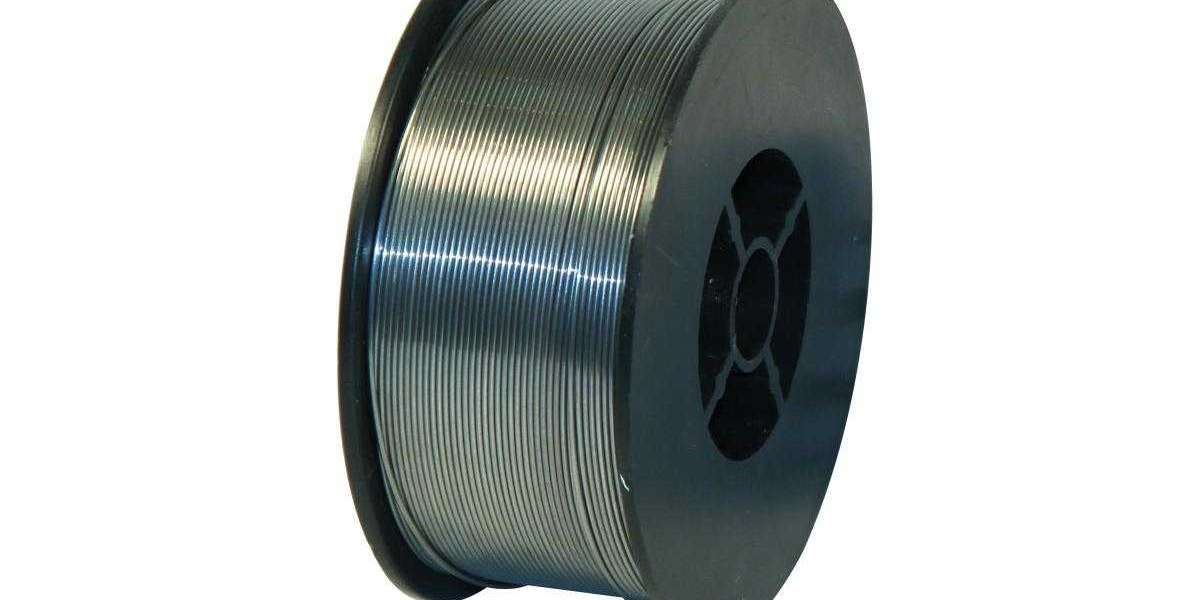Computer-Aided Design (CAD) software represents the cornerstone of modern design and engineering across various industries. These sophisticated digital tools revolutionize the way we conceptualize, create, and refine everything service design workshops from architectural structures and mechanical components to intricate product designs and artistic creations. CAD software empowers designers, engineers, and artists by providing a virtual canvas where imagination meets precision, enabling them to turn ideas into detailed, three-dimensional realities.
At the heart of CAD software lies a robust set of design and drafting capabilities. Designers can manipulate shapes, lines, and objects with unparalleled precision, ensuring that every aspect of their creation adheres to specific dimensions and tolerances. Architects, for 3d design services near me instance, utilize CAD software to craft detailed building plans, producing accurate blueprints that serve as the blueprint for construction. Mechanical engineers harness CAD to design complex machinery and intricate components, optimizing functionality and manufacturability down to the smallest detail. This precision is not only a time-saver but also a cost-effective approach, as it minimizes errors and iterations in the design process.
One of the standout features of CAD software is its ability to create three-dimensional models with ease. Designers can visualize their creations in a virtual 3D space, rotating and manipulating them from various angles to gain a comprehensive industrial engineering consultant understanding of the design. This 3D capability has transformed the product development process, allowing designers to simulate real-world interactions and detect potential issues early in the design phase. It's invaluable for industries like aerospace and automotive engineering, where safety and performance are paramount.
In addition to basic design functions, CAD software offers a rich array of tools and features to enhance creativity and productivity. Parametric modeling, for example, allows designers to establish relationships between design elements, making it possible to update one part of a industrial design consultancy design while automatically adjusting related components. This parametric flexibility facilitates rapid design iterations, empowering designers to explore multiple design alternatives and optimize their creations efficiently.
Furthermore, CAD software supports the integration of various data sources and formats, from geographic information systems (GIS) data to scanned hand-drawn sketches. This capability facilitates collaboration and data sharing across disciplines, industrial hygiene consultant making it easier for multidisciplinary teams to work together seamlessly. For instance, civil engineers can import topographical data into CAD software to design road networks that adhere to the natural landscape, optimizing both functionality and aesthetics.
CAD software also shines in the realm of sustainability and environmental impact assessment. Designers can simulate and analyze the environmental consequences of their creations, such as a building's energy efficiency or a product's carbon footprint. By providing insight industrial design concept into how design decisions impact sustainability, CAD software empowers designers to make informed choices that align with ecological goals and regulations.
Moreover, the versatility of CAD software extends to industries beyond traditional design and engineering. In fashion design, CAD software revolutionizes the garment creation process, allowing designers to sketch, drape, and visualize clothing product design consultancy new york digitally before producing physical prototypes. This not only reduces waste but also accelerates the fashion production cycle. Similarly, in the world of filmmaking and video game design, CAD software plays a vital role in creating lifelike visual effects, set designs, and characters, adding depth and realism to entertainment experiences.
As technology advances, CAD software continues to evolve, introducing new features and capabilities. The integration of augmented reality (AR) and virtual reality (VR) into CAD software has opened up exciting possibilities for immersive design experiences. Designers can industrial design companies chicago now step inside their creations, exploring them in a virtual world, and making real-time modifications. This innovation is especially valuable in architecture and interior design, where clients can "walk through" virtual spaces before construction begins, providing a deeper understanding of the final design.
Furthermore, CAD software is embracing artificial intelligence (AI) and machine learning (ML) to automate repetitive tasks and enhance design processes. AI-driven algorithms can generate design suggestions based on user inputs, helping designers best product design consultancy firms explore creative ideas more efficiently. ML algorithms can also analyze vast data sets to identify design trends and insights, further enhancing the decision-making process.
Collaboration is another area where CAD software is making strides. Cloud-based CAD platforms enable distributed teams to work on projects simultaneously, regardless of their physical location. Real-time collaboration features facilitate seamless communication and design review 3d renders, enhancing productivity and reducing project timelines. This shift towards cloud-based collaboration has become particularly vital in recent times, as remote work and global collaboration become increasingly prevalent.
MORE INFO:
Product Design Engineering BEng








